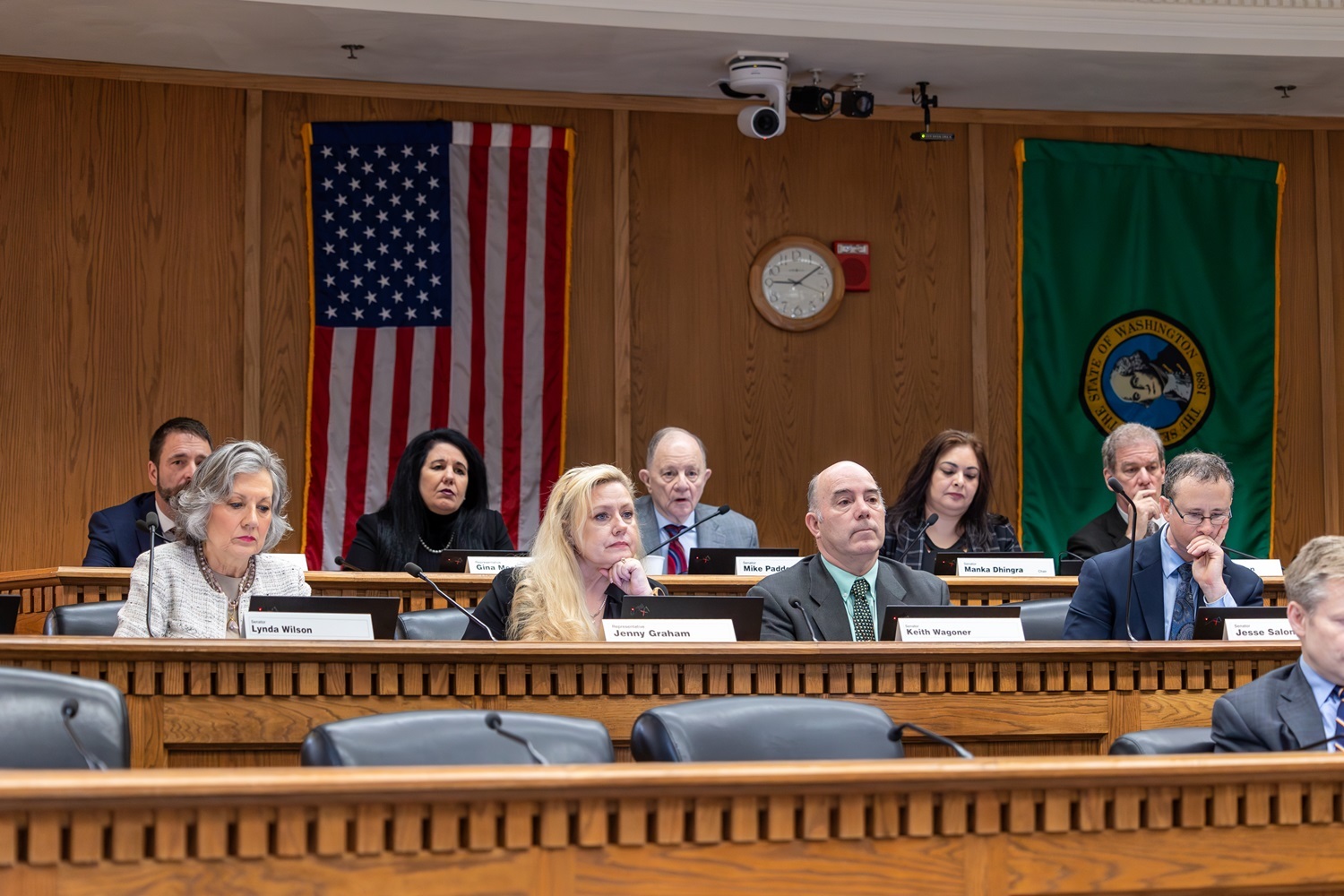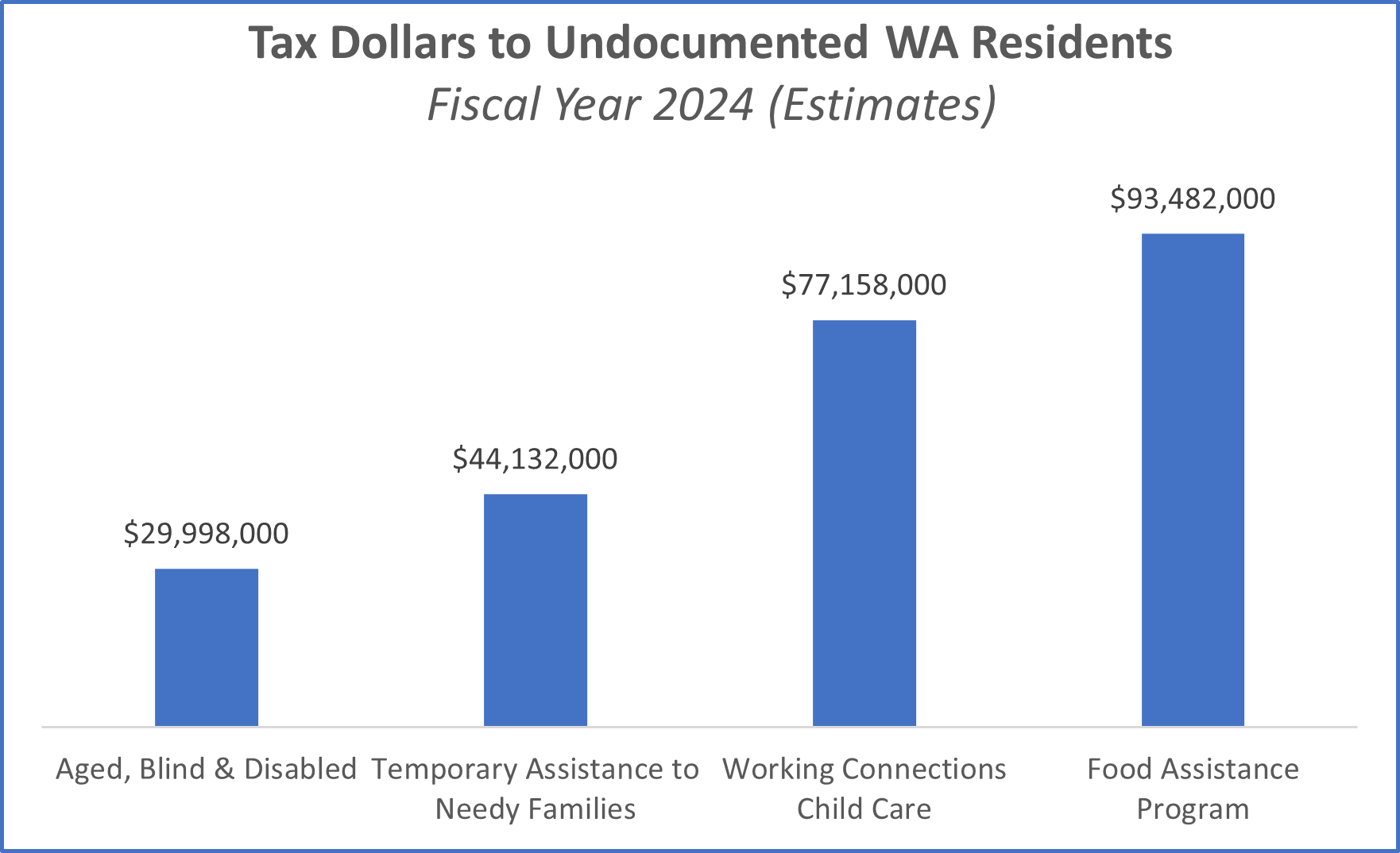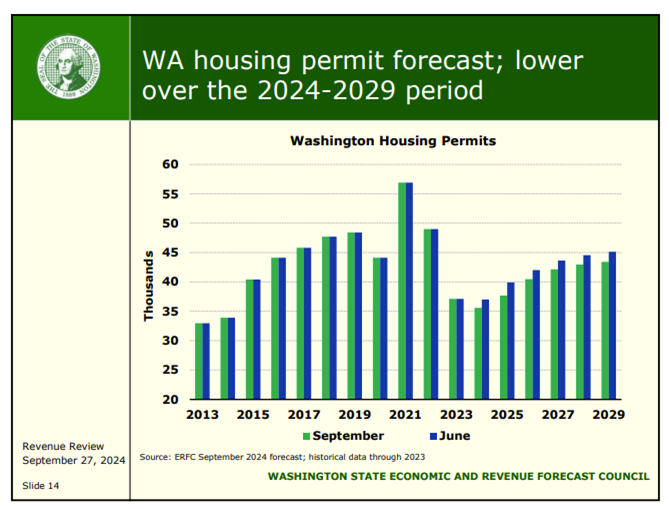 |
| Thanks to Initiative 2113, the police-pursuit law that had been weakened by Democrats in 2021 has been fixed and can again serve as a deterrent to would-be car thieves and other criminals (this photo shows the joint Senate-House committee hearing on I-2113, from late February). Unfortunately, the effort to add fentanyl to our state’s child-endangerment law has been blocked for two years. Keep reading for what needs to happen in 2025. |
[[VIEW_THIS]]
October 2024
Hello Friends and Neighbors,
I hope you and your loved ones had a safe and enjoyable summer. These days October means more than Halloween and all the other traditions of early fall – here in Washington it also brings the start of our state’s “voting period.” That began this past Friday and continues through Election Day, Nov. 5.
When constituents have asked me about the security of our election system here in Washington, it takes me back to when there was a single general-election day. The closest thing to voting by mail involved the absentee ballots we used if we couldn’t get to our polling place on Election Day.
In those days, voters would present themselves at their polling place, show identification, sign for a ballot, vote that ballot in the privacy of a booth and place it in a box that would be taken straight to the county elections office for counting.
I realize voting by mail is more convenient for many, but in exchange, there are questions about election security that didn’t exist before. Also, the process certainly doesn’t have the feeling of community and patriotism that went with going to a polling place.
Just as the approach to casting ballots has evolved, so has the voter-registration process – and it too is not for the better, in my view. In case you missed it, The Columbian reported a while back on the question of whether the registration system is being misused; its story, including my opinion, is linked here.
If you know someone who is eligible to become a registered voter but hasn’t done so yet, there are two choices: register online or by mail, which has to happen no later than Oct. 28 (this coming Monday), or register in-person all the way up through Election Day. More details are linked here.
There is no understating the importance of this year’s election to the direction of our nation and state. Besides the Presidency, seats in Congress, and all nine of the statewide elected positions in “our Washington,” from governor to insurance commissioner to superintendent of public instruction, every position in the House is up for election, along with half of the Senate positions (including here in the 17th District).
Also, if you followed this year’s legislative session and read the state voters’ guide, you know there are important measures are on the ballot as well. That’s why I can’t encourage you enough to make sure you’re registered and get your ballot turned in – and doing so well before Nov. 5.
Is there a budget shortfall on the horizon?
Among those who are outside state government but keep a close eye on our state’s finances is the Washington Research Council, which bills itself as Washington’s premier business-supported research organization. The WRC has deep roots, having started life as the Washington State Taxpayers Association way back in 1932.
Recently the WRC took a deep dive into agency spending requests submitted to the governor’s budget office, plus the latest state revenue forecast (more on that below) and some past budgets. As a result, it’s projecting a $5.1 billion shortfall in the operating budget for the 2025-27 budget cycle.
As I told a reporter for The Center Square, I’ve been tracking the budget situation myself, with input from our capable Senate budget staff.
Collections of the capital-gains tax, real-estate excise tax and estate tax were all below expectations as of the September revenue forecast.
Between those lower numbers and knowing how spending has increased in recent budgets, despite Republican efforts to pump the brakes and focus on the core priorities of government, I share the WRC’s view that state government is on track for a deficit of some size.
If so, it will be the first budget deficit since before I became a legislator – and more to the point, it will be entirely self-inflicted. There’s no pandemic or recession to blame, just overspending.
The report in The Center Square, with other comments I made, is linked here.
How much of state budget goes to undocumented people?
In light of the ongoing national conversation about public money being spent on services for people who are in our country illegally, I recently asked Senate budget staff about the amount of state money going toward those who are not eligible for federal aid – either due to legal status or not being in the U.S. long enough.
Some of the numbers I received involve households which could have a mix of citizens and non-citizens, so they are estimates. With that as a disclaimer, here’s some data as of July, after the 2024 fiscal year ended.
The descriptions of the programs come straight from the agencies that administer them – either the state Department of Social and Health Services or the Department of Children, Youth and Families.
Temporary Assistance for Needy Families, also known as TANF, provides temporary, monthly cash to eligible families. Families must include a pregnant individual or minor child. For Fiscal Year 2024 (July 1, 2023-June 30, 2024) the state gave 6,499 immigrants approximately $44,132,000.
In terms of both dollars and number of recipients, this group accounted for nearly 20% of TANF payments – which is close to triple the corresponding numbers from the 2022 fiscal year.
The Aged, Blind, or Disabled (ABD) program provides cash assistance to eligible low-income adults who are age 65 or older, blind, or determined likely to meet Supplemental Security Income (SSI) disability criteria based on a physical or mental impairment that is expected to last at least 12 consecutive months.
For FY 2024, the state spent $29,998,000 on 6,614 recipients in the immigrant category. While this accounted for more than 20% of the total receiving ABD aid, it was even higher several years ago, by a few percentage points.
Working Connections Child Care, or WCCC, is the child-care subsidy program that helps families with children pay for child care to find jobs, keep their jobs, and get better jobs. This program, administered by the Department of Children, Youth and Families, spent $77,158,000 on 4,853 families in FY 24.
The Food Assistance Program aids only this group of immigrants, as their legal status makes them ineligible for the federal Supplemental Nutrition Assistance Program (SNAP, which our state calls Basic Food). It also accounted for the largest amount of money in FY 24: $93,482,000 spent on 25,654 recipients.

The total, just for those four programs, is nearly $245 million. That’s close to a quarter of a billion dollars for a 12-month period.
The corresponding numbers for the 2023 fiscal year were somewhat smaller but, at the same time, up significantly from the 2022 fiscal year. If you zoom out and look back to 2019, the higher spending for the 2023 and 2024 fiscal years really stands out.
There’s more. When Senate and House Democrats negotiated a final version of this year’s supplemental operating budget, they ended up adding another $300 million in spending.
Of that, the state Health Care Authority got $25 million to put into what is essentially a version of Medicaid coverage for undocumented adults. And recently, in its request for funding in the 2025-27 budget cycle, this agency recently put in a request for another $84 million, for the same purpose.
A quarter of a billion here, another $100-plus million there… it’s a stark reminder of how federal policy reaches into the pockets of Washington residents. It also needs to be put on the discussion table for the 2025 legislative session, should Senate and House budget leaders need to look for places to prioritize and economize.
Latest revenue forecast highlights importance of homebuilding in WA
As Senate Republican budget leader I have a seat on the state Economic and Revenue Forecast Council, which among other things has the job of adopting quarterly forecasts of state revenue.
The third forecast of the year was presented to our bipartisan council in late September by the state’s chief economist. While the revenue projection didn’t change appreciably from the June forecast, one of the data sets used to help calculate the forecast jumped out at me: housing permits.
The housing situation in our state gets a lot of legislative attention these days, and the past couple of sessions have produced some significant if not controversial policy changes to encourage housing construction.
Even so, 2024 is on track to end with the lowest number of housing permits issued in the past decade – about the time Gov. Jay Inslee took office. As the chart prepared for our council shows, the September forecast also lowered the housing production estimate through 2029 from where the chief economist had it in June.

The increase in interest rates is an obvious factor behind this decline, but our state’s approach to things like impact fees and energy codes, and growth-management regulations that restrict the supply of buildable land, are also at the heart of the problem.
Beyond what this means for people who are desperate to get into a home, the drop in the forecast also has implications for the state’s financial picture. That’s because sales tax on construction is the single largest component of state sales-tax collections, even more than the sales tax on motor vehicles and sales tax from restaurants/bars.
Priority for 2025: Add fentanyl to child-endangerment law
Looking back on my 10 years in the state Legislature, I can’t think of many times when a significant piece of legislation sailed through one chamber only to be stopped dead in the other. The number of times that happened twice to the same bill is even smaller – but my Senate Bill 5010 fits that description.
In 2002, legislators overwhelmingly passed a bipartisan bill that made it a crime to expose children to methamphetamine. It was part of the response to the proliferation of “meth labs” in our state. SB 5010 simply would have expanded this child-endangerment law to include fentanyl. The Senate passed my bill unanimously in 2023; this past session, one Seattle Democrat changed her mind but no one else did.
Amazingly, my bill received a very chilly reception in the House. In 2023 the House Community Safety, Justice, and Reentry Committee held a public hearing on SB 5010 but nothing more – and after the Senate sent it over again earlier this year, the bill was completely ignored.
I was told no one in the House Democratic Caucus would support the bill. I knew that claim was an exaggeration, but maybe not by much – reportedly, some in that caucus would like to abolish jails, according to a recent interview (click here to read that).
I’m bringing this up because the King County prosecutor’s office did so a few weeks ago, in a Seattle television report linked here. The report mentions a letter sent to legislators in January by the King County prosecutor and Seattle city prosecutor, which encouraged them to pass my bill, but it doesn’t disclose how House Democrats failed twice to follow the Senate’s lead and vote yes. You wonder why.
Republicans will introduce this legislation again for 2025. I’m disappointed it didn’t become law during my service in the Senate but will be doing all I can from the sidelines next year to get it through. We owe it to our children!
***
I hope you will reach out whenever you have a comment or question about your state government. Have an amazing day!
Yours in service,

Follow me on Facebook, Instagram and X!
To read this e-newsletter in other languages, click here to visit my Senate news page, look for the American flag midway down the right side, then click on the symbol right of the “EN” for a drop-down menu!










